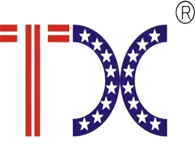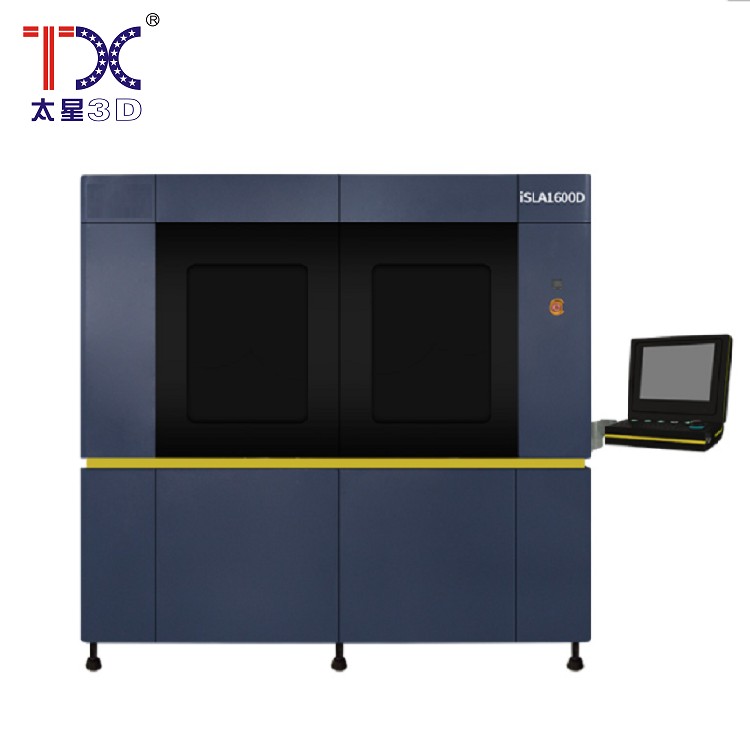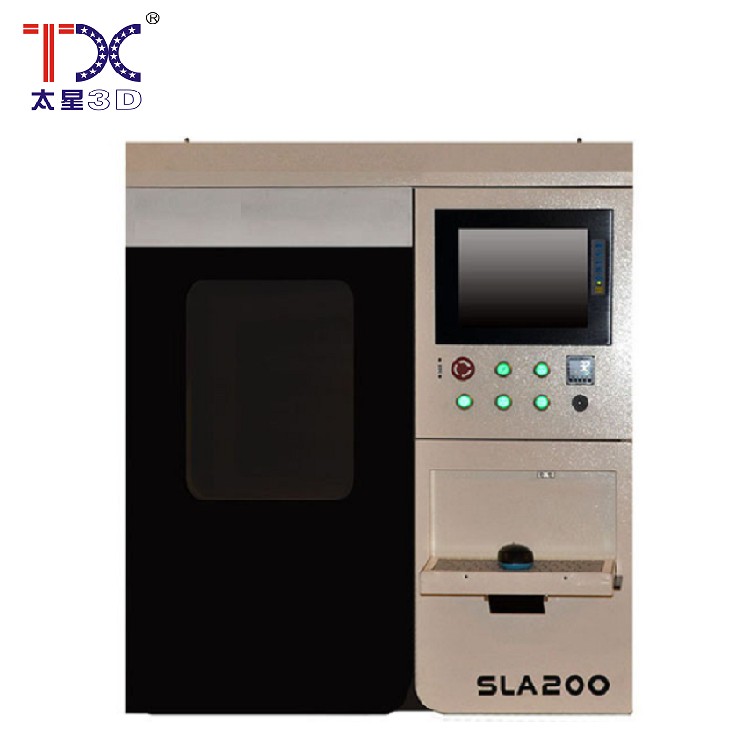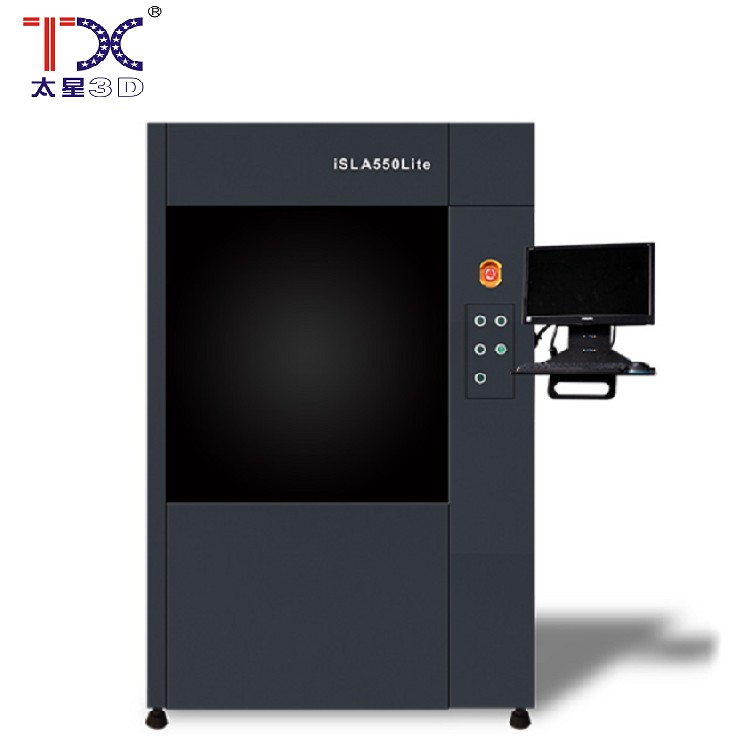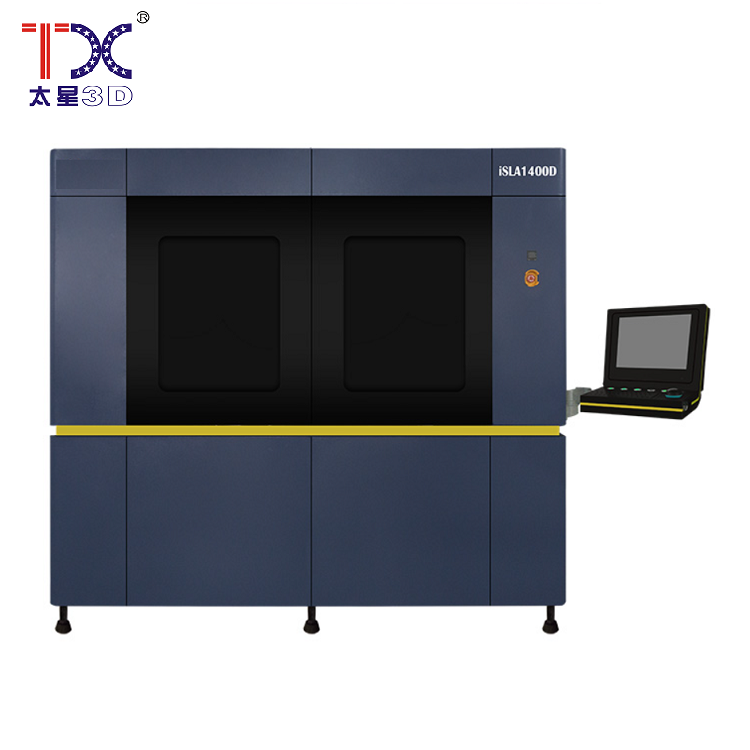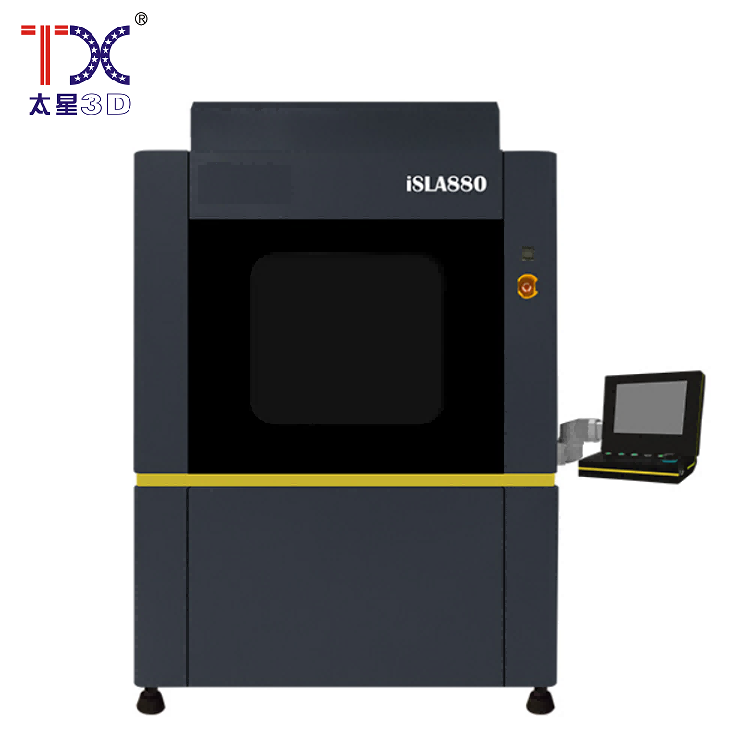
Stereolithography 3D print
Stereolithography 3D print
Stereolithography (SLA) is one of the most common 3D printing methods. Imagine that you are creating a three -dimensional object, a layer by a layer, as if building it from very small sand. Instead of sand, photopolymer resin is used here, and with a construction tool - a laser beam.
How does this work?
The SLA process is based on the principles of photopolymerization. In a special container there is a photosensitive resin. A laser beam directed by a computer system,? Draws? On the surface of the resin, the transverse cut of the future object. Under the influence of the laser, the resin hardens, forming a layer. Then the platform drops down, and the process is repeated, the layer by the layer until the entire voluminous object is formed. Each layer is very thin - about the tenth of a millimeter. It is important that the resin that has not exposed to the laser remains liquid and is easily removed after the process is completed.
Advantages and disadvantages of the method
This 3D printing method is highly accurate and detail. The resulting objects have a smooth surface and complex shapes. Thanks to this, SLA is suitable for creating prototypes, jewelry, medical implants and other complex details.
But there are also minuses. SLA requires special materials - photopolymer resins, which can be quite expensive. In addition, after printing, the product often needs additional processing, for example, grinding or varnishing. It is also necessary to provide suitable conditions for working with resins, as they can have a specific smell. Given these features, SLA is a technology that requires a certain level of training and experience.
Application in various areas
SLA is widely used in various fields. In industry, it is used to create complex prototypes that allow you to quickly evaluate the functionality and ergonomics of products. In medicine - for the manufacture of individual implants. In design and architecture - to create visualization and prototypes of architectural solutions. In jewelry - for the manufacture of unique jewelry with a high degree of detail. So, despite some difficulties, 3D printing by SLA technology is constantly developing and finds more and more new areas of application.
AppropriateProducts
Corresponding products
The best soldproducts
The best -selling products-
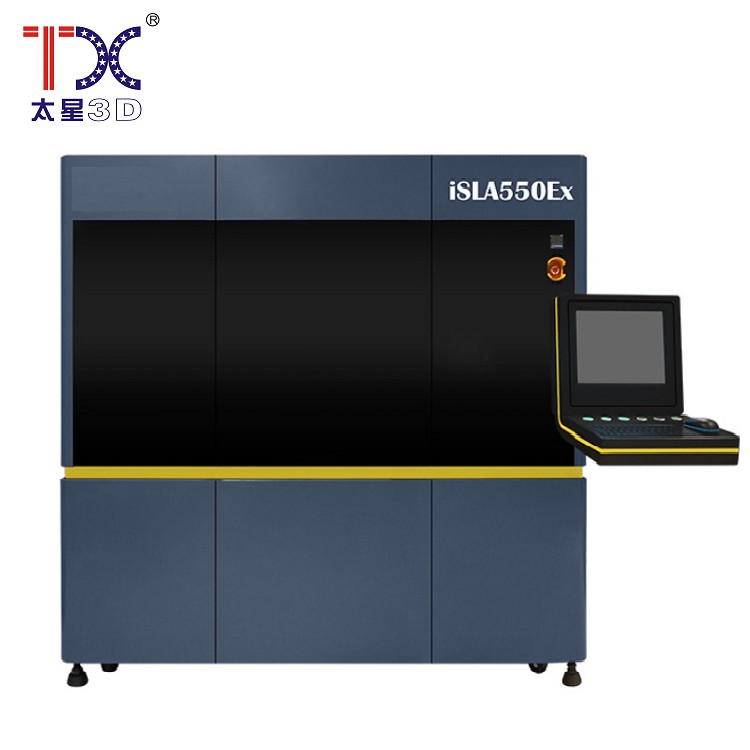 Taisin Light-adoptive 3D printer SLA550EX
Taisin Light-adoptive 3D printer SLA550EX -
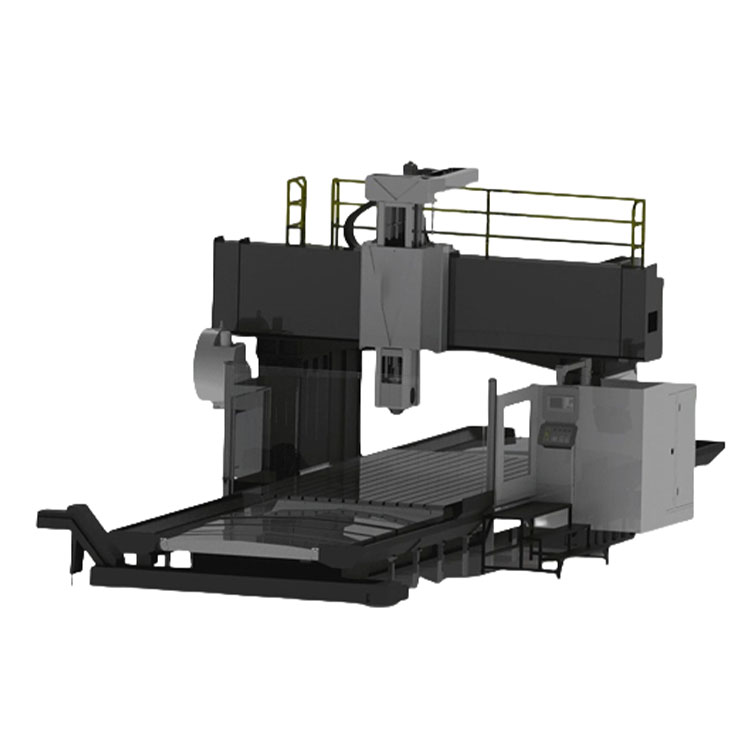 Taisin portal processing center with CNC TXM-9038
Taisin portal processing center with CNC TXM-9038 -
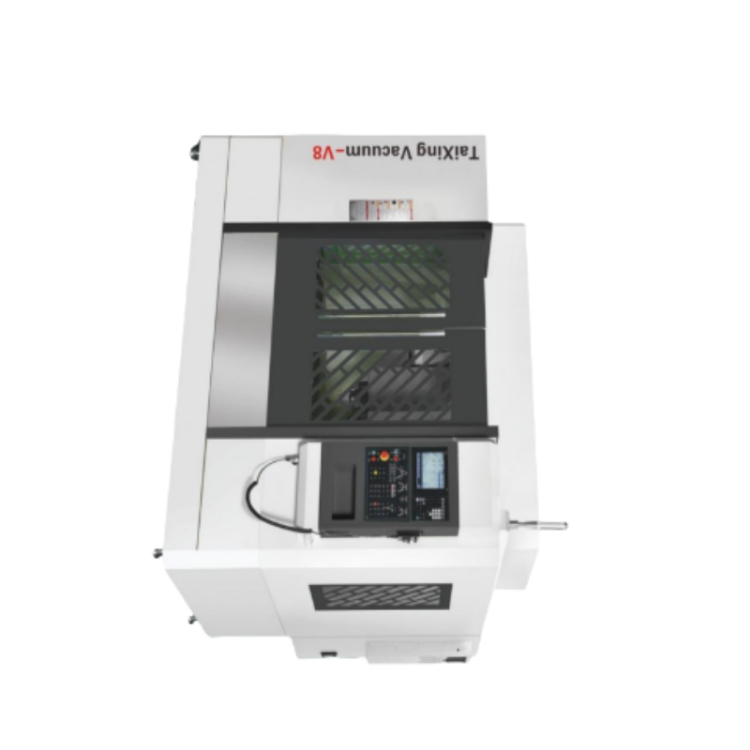 Taisin high-speed and high-precision processing center for processing parts TX-V8
Taisin high-speed and high-precision processing center for processing parts TX-V8 -
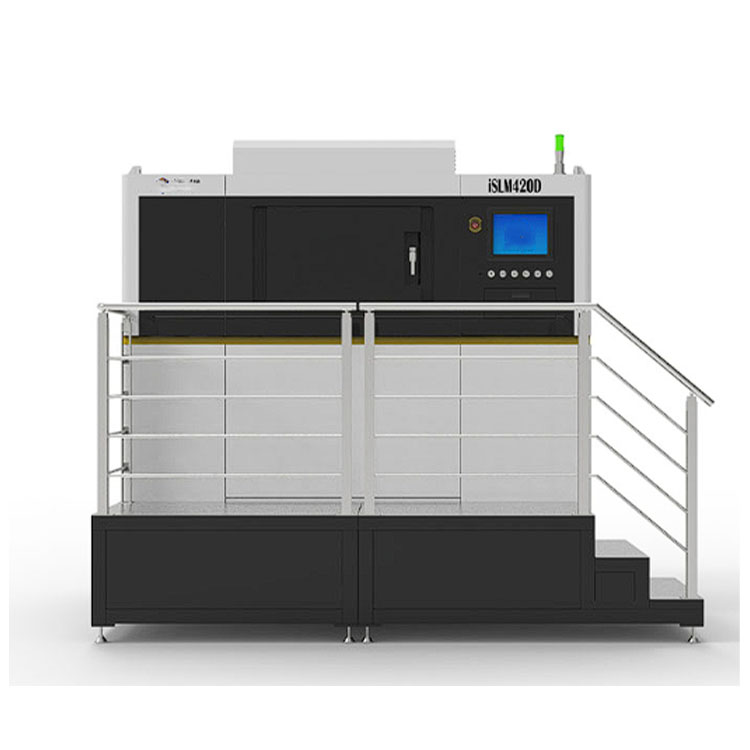 Taisin Metal 3D printer ISLM350DN
Taisin Metal 3D printer ISLM350DN -
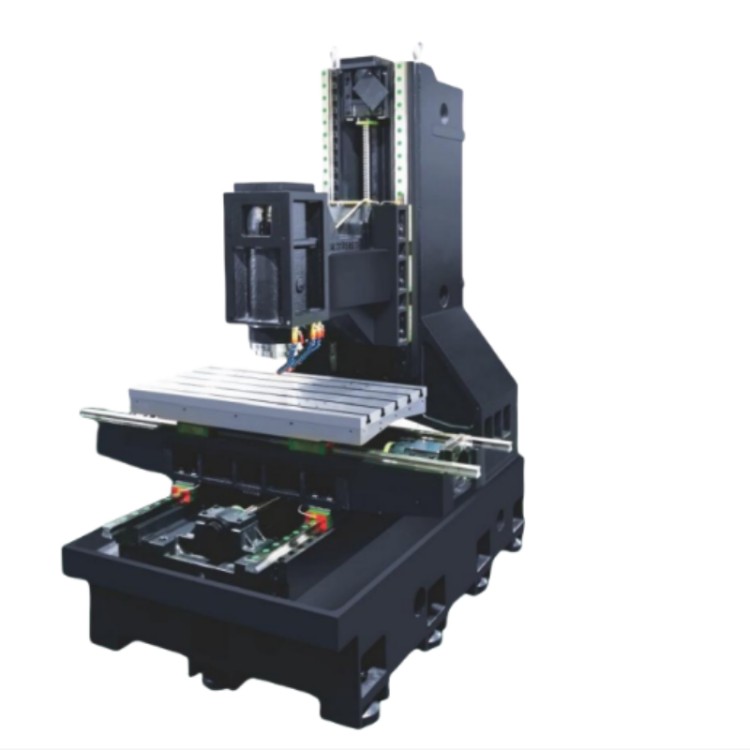 Taisin three-wire rail molding machine of high stiffness TX-6027
Taisin three-wire rail molding machine of high stiffness TX-6027 -
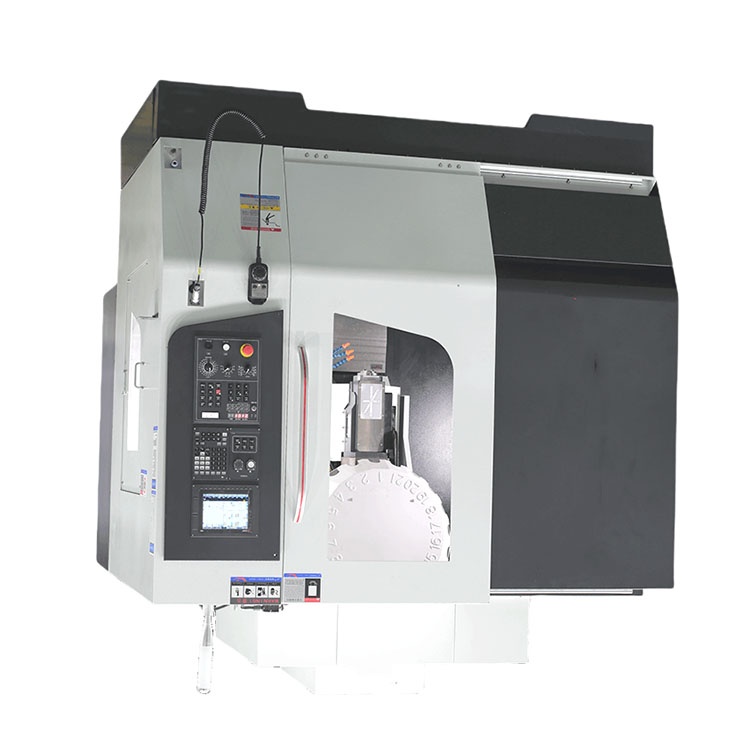 Taisin drilling and threaded-cutting machine with CNC TXT-700
Taisin drilling and threaded-cutting machine with CNC TXT-700 -
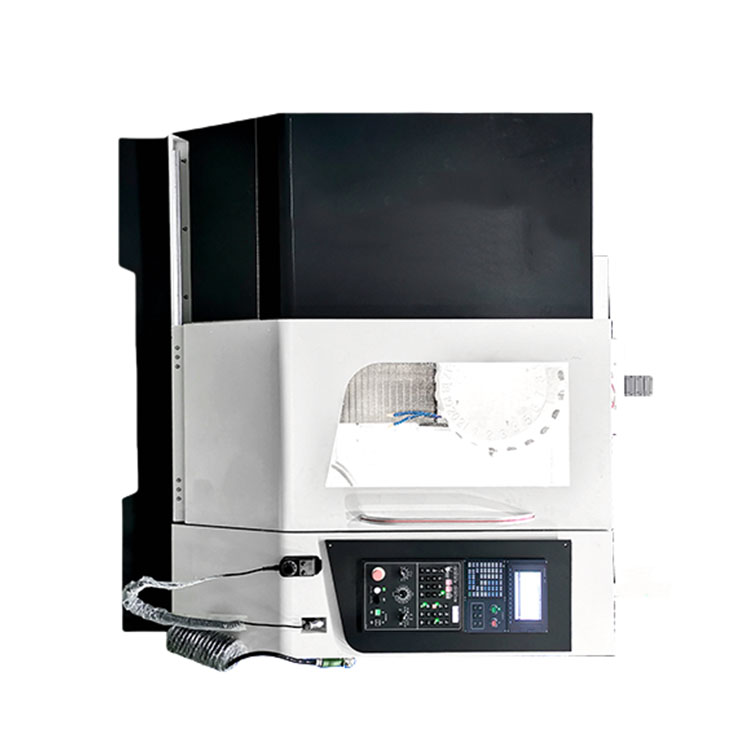 Taisin processing center for drilling and cutting threads TXT-800
Taisin processing center for drilling and cutting threads TXT-800 -
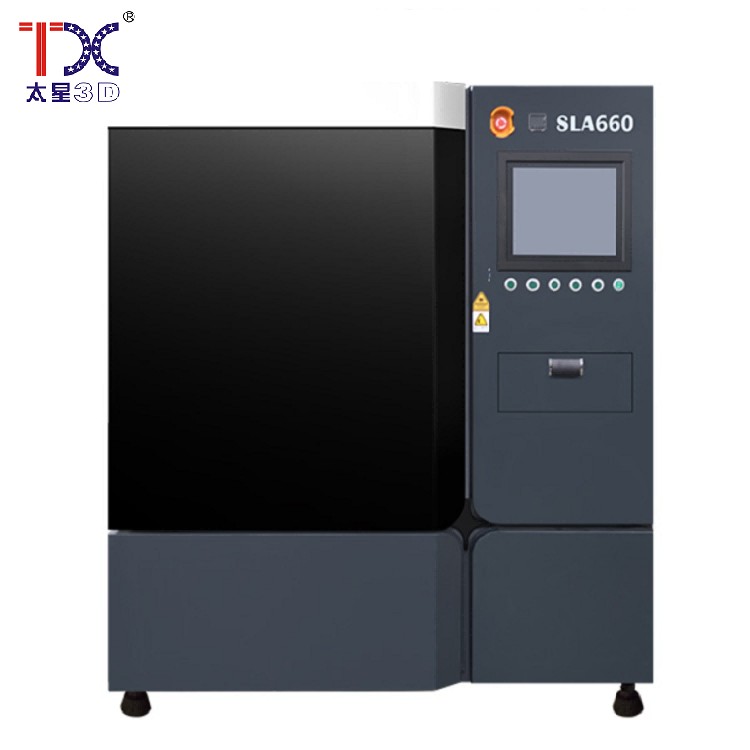 Taisin Light-adopted 3D printer SLA660
Taisin Light-adopted 3D printer SLA660 -
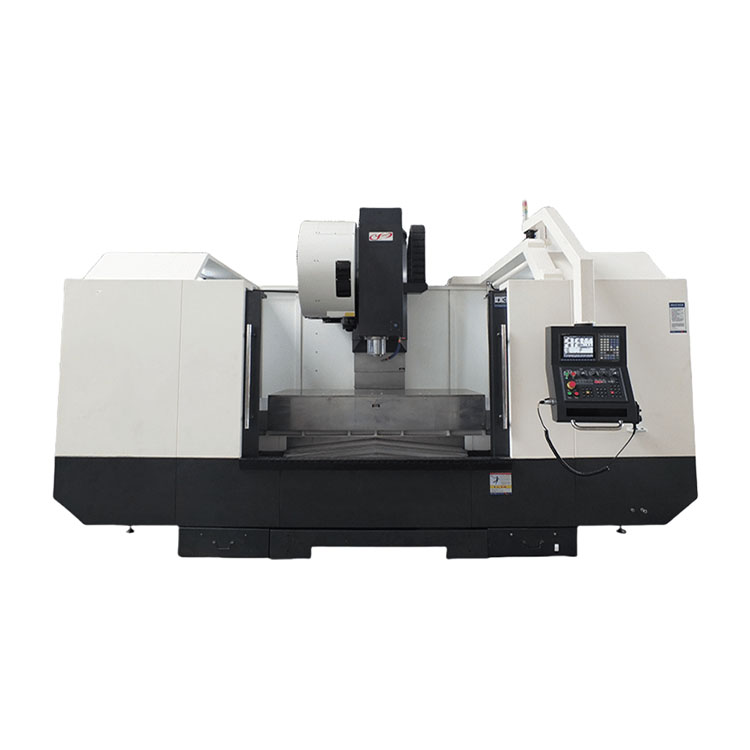 Taisin high-precision vertical processing center with CNC VMC TXP-1890
Taisin high-precision vertical processing center with CNC VMC TXP-1890 -
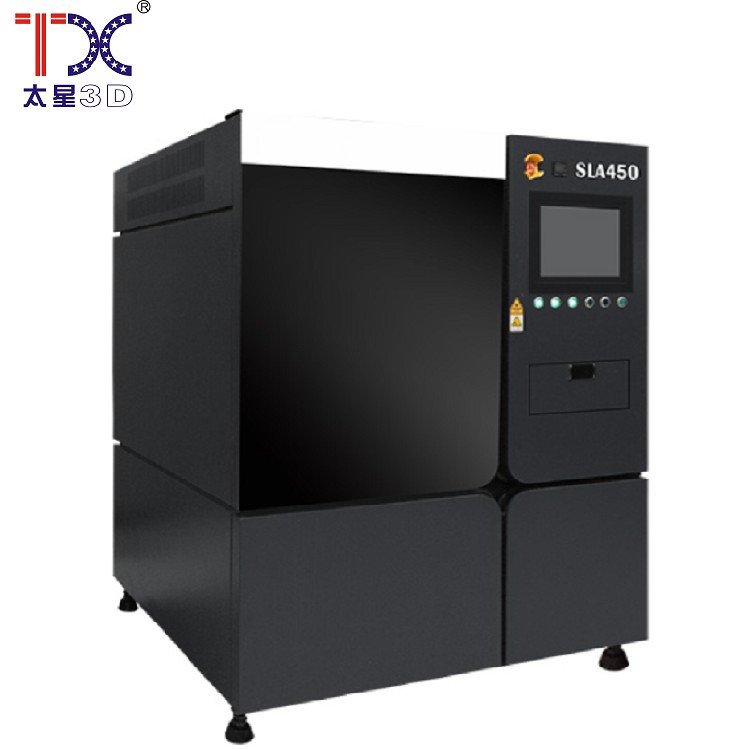 Taisin Light-adoptive 3D printer SLA450
Taisin Light-adoptive 3D printer SLA450 -
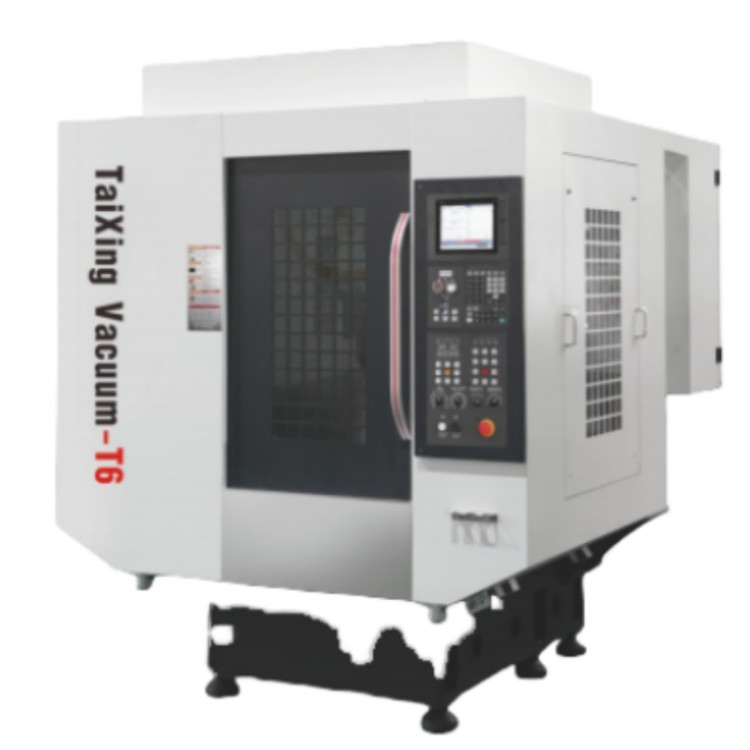 Taisin high-speed drilling and threaded machine TX-T6
Taisin high-speed drilling and threaded machine TX-T6 -
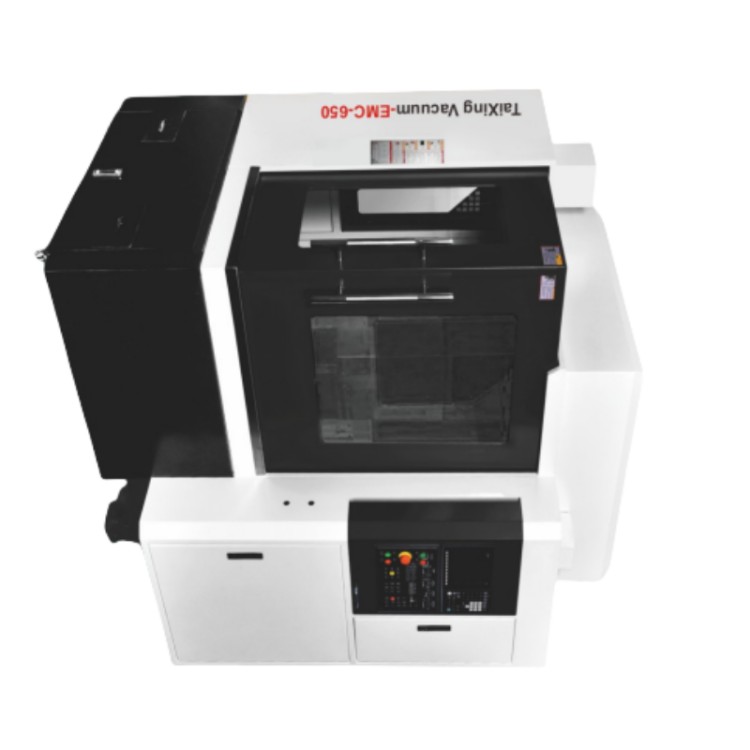 Taisin Gravity-milling machine EMC-650
Taisin Gravity-milling machine EMC-650
Connectedsearch
Related search- OEM suppliers Vertical processing centers with CNC
- Chinese providers of CNC machines
- Manufacturers of EBM printing (electron beam melting) in China
- CNC with an axis z z z
- Cheap SLA Print (stereolithography) factory
- OEM manufacturer of 5-axial milling centers with CNC
- Factories of the architectural 3D press in China
- Chinese suppliers of three -dimensional printing apps
- Cheap kula suppliers
- Medical 3D-first
